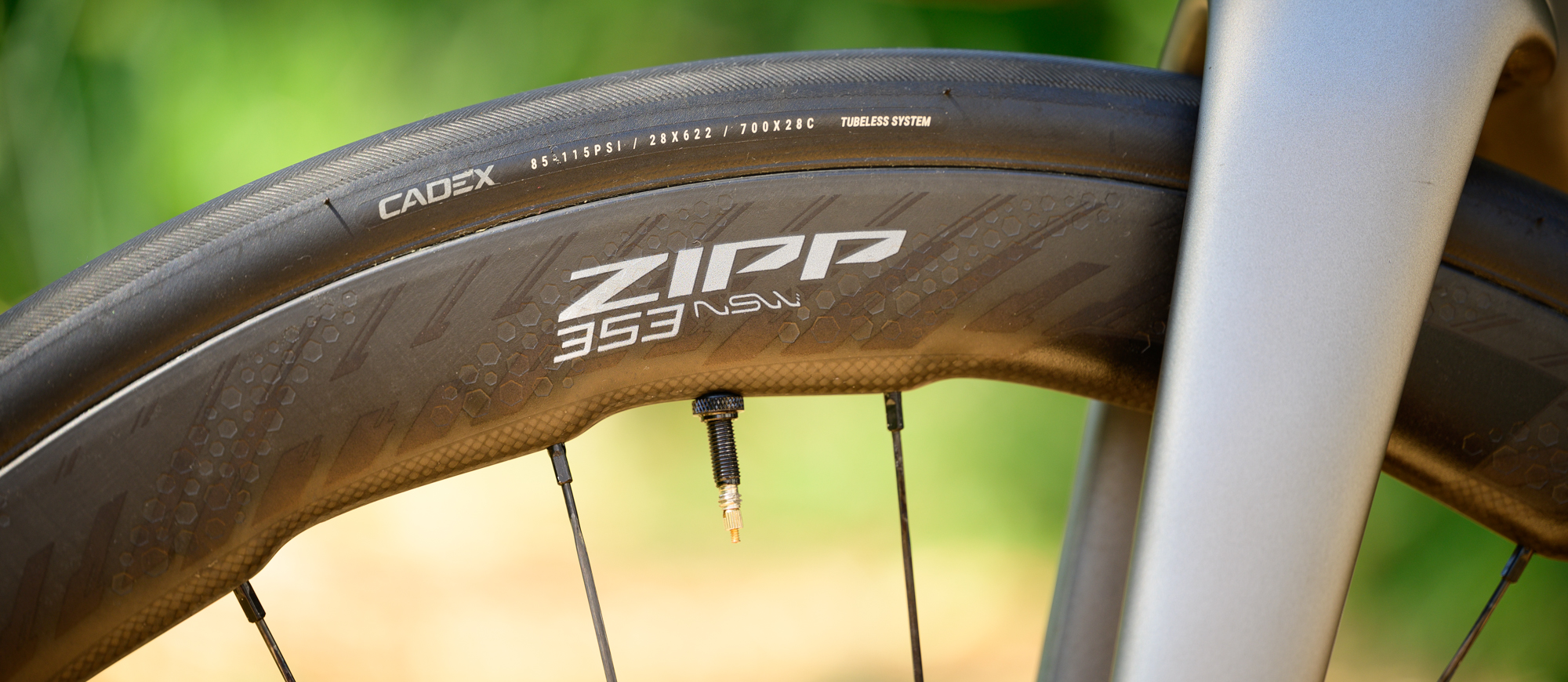Cyclingnews Verdict
Most discussions covering the Zipp 353 NSW cover the headline-grabbing weight and the sawtooth aero profile. Those features are good but not groundbreaking given the price. What really sets the 353 NSW apart is how incredibly comfortable they are to ride. If you can afford them, the shallower depth and loss of aero efficiency that comes with it are well worth the comfort. The low weight is just a bonus.
Pros
- +
Low weight
- +
Crosswind stability
- +
Comfortable ride
- +
Eye catching looks
Cons
- -
High price
- -
Very quiet freehub
- -
List of approved tyres
You can trust Cyclingnews
Over the last few years, there's been a real sea change in what is being pushed to consumers. It wasn't long ago that every component on a bike would put the focus on weight before anything else. Wheels were not only a part of this but often the primary driver given the opportunity for more weight reduction.
Price: £3,200.00 / $4,000.00 / €3,600.00.
Rim Dimensions: effective 45mm deep, 25mm internal width, 34mm external width
Weight: 703 rear, 604 front as measured with rim tape, valves, and XDR freehub
Hubs: Cognition V2
Spokes: Sapim CX-Ray bladed stainless spokes
Tubeless Only
Today things are a lot different. The best lightweight wheels are moving from the best all-around option to more of a niche product for a specific type of rider. For most people, it makes more sense to go a bit heavier with a deeper wheel that's more aerodynamic. You might be technically slower on some small section of your overall ride but you'll gain speed overall. Is that all there is to picking wheels though and is it a binary choice? Weight vs aero, pick your poison?
The Zipp 353 NSW promises a resounding no. Zipp makes the case that if you can pay for it, you don’t have to choose weight vs aero and there's more to think about. I’ve been spending time with the Zipp 353 NSW to see if it’s true. Are these wheels as good as the specs say or are you being asked to pay a lot of money for some headlines that you can’t really feel during a ride? These are the lightest, non-tubular, wheels Zipp has ever made. If you’ve been curious about what they are like to ride, keep reading.
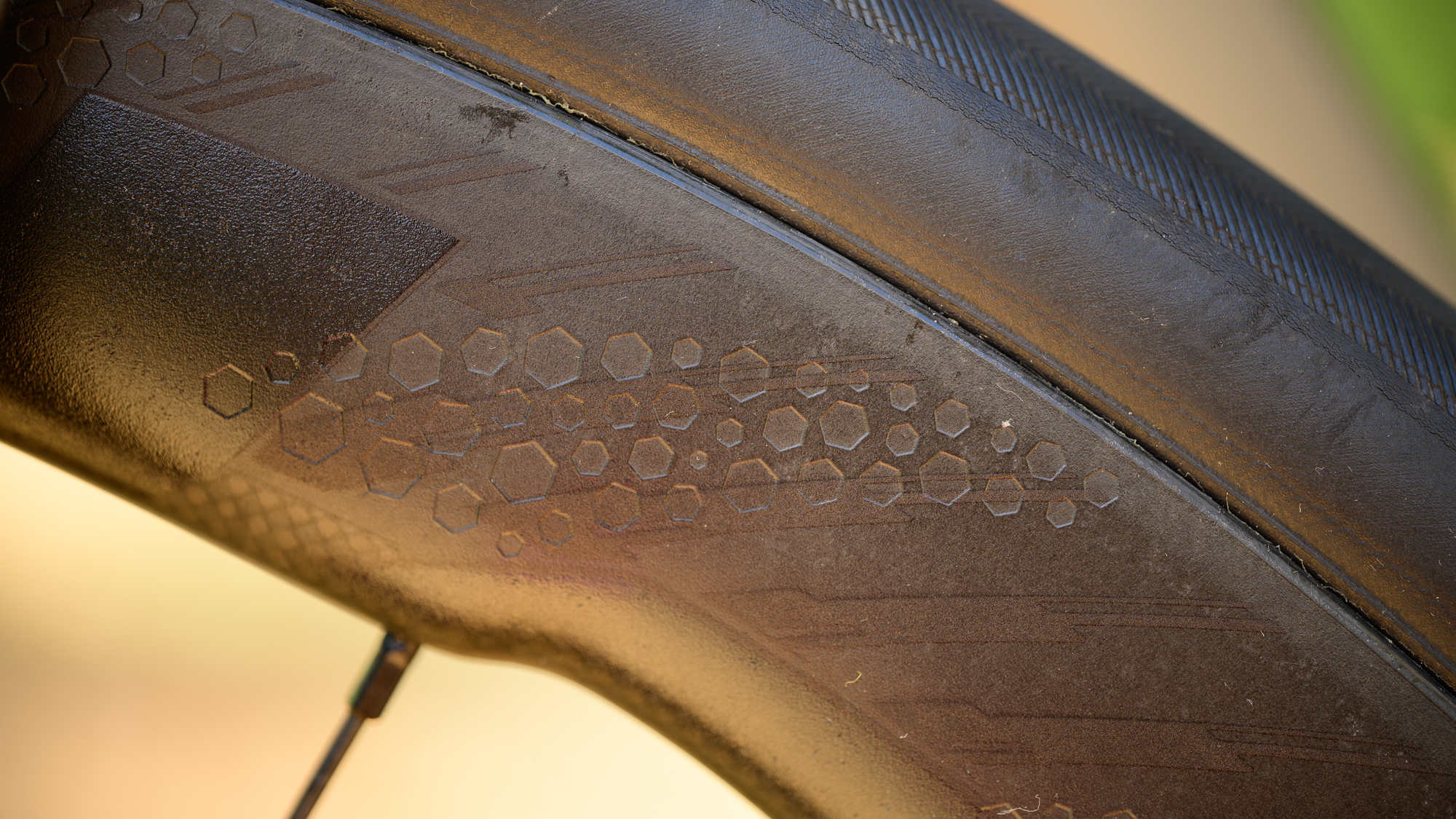
Design and aesthetics
The Zipp 353 NSW isn't brand new, it came out just over two years ago in 2021. Not only that but the feature that defines both the aesthetics and the technology involved has been around for at least six years now. Still, the number of people who continue to ask about it is high and it's fun to talk about so let's dive in.
The story goes that Zipp engineers looked at the fins of humpback whales for inspiration. The term that Zipp loves to throw around is biomimicry but the basic idea is that human engineering has had a slow start compared to nature. Water flow is similar to airflow and humpback whales are fast and manoeuvrable despite their massive size, how did nature do it?
It's all about keeping the air, or water, attached and, at this point, it's even more well-trodden than the biomimicry story. Just like aero-optimised bib shorts, or golf balls, there are dimples included on the outside of the Zipp 353 NSW wheels. Those dimples disrupt the airflow and cause it to follow the curve of the wheel just a bit more. The result is less resistance and a faster wheel.
The piece I've always thought was more groundbreaking though is that Zipp was the first to use a waved design instead of a constant depth. The 353 NSW is a 45mm deep wheel but rather than holding a constant 45mm depth, it's higher where each of the 24 Sapim CX-Ray bladed stainless spokes connect. Just after each spoke, the wide U-shaped profile dives down before slowly climbing up again. The undulation shifts the depth between 42.7 and 46.5mm but the performance is still that of a 45mm wheel.

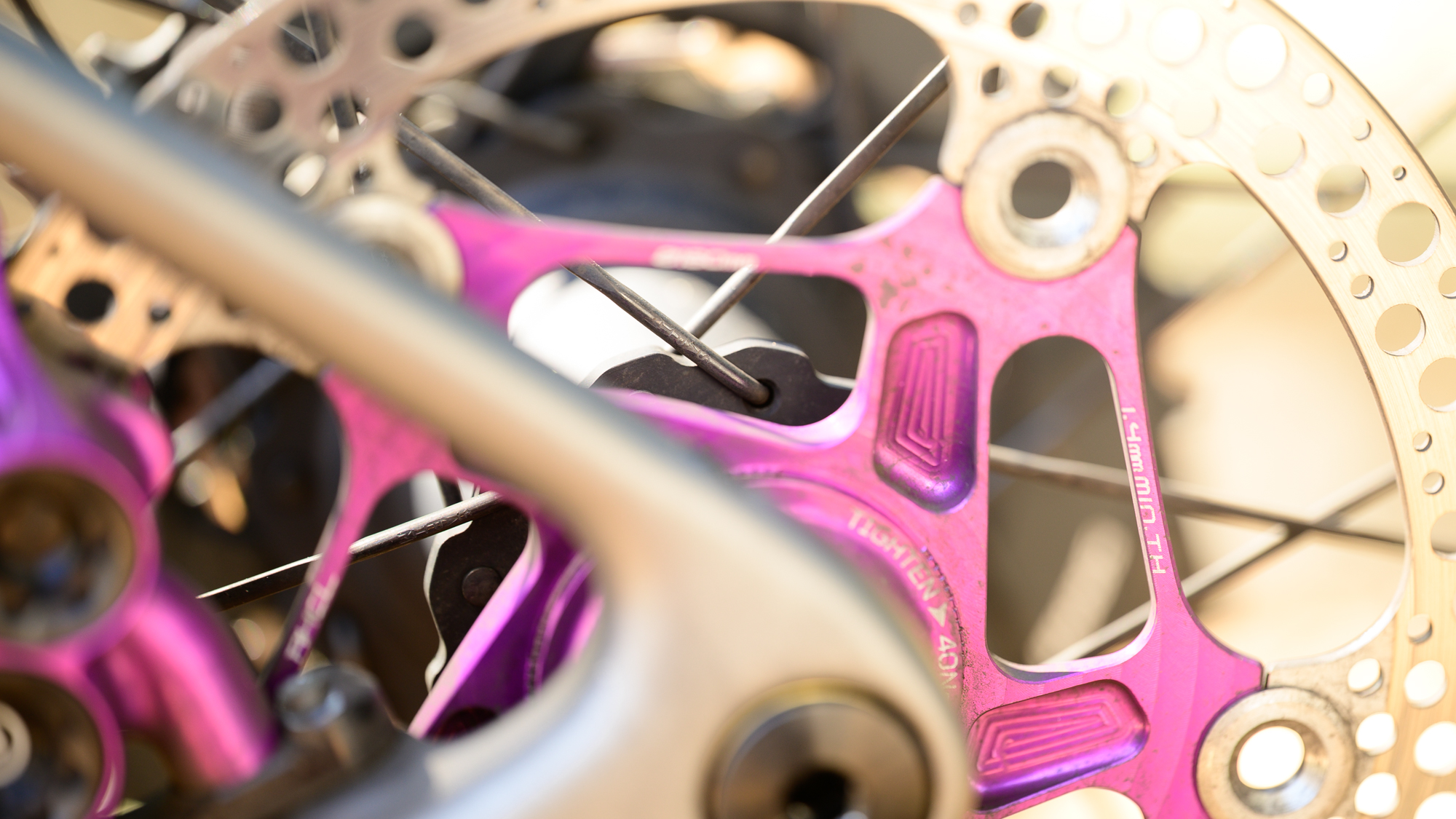
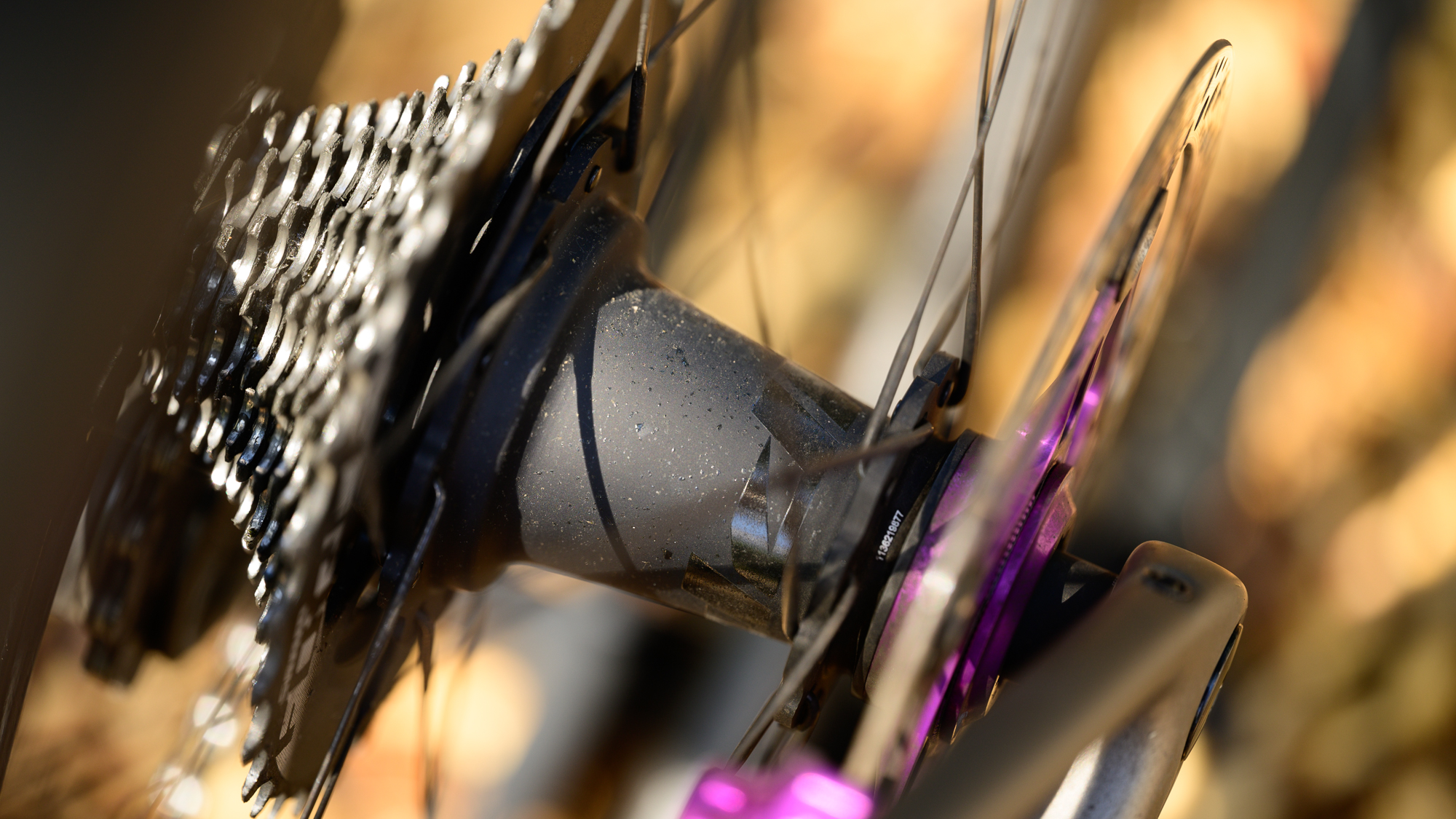
That is, it's still a 45mm wheel when the wind is coming from the front. As the yaw angle increases, the wheel starts to perform more like a shallower wheel. It's an effect a bit like the more well-known truncated kammtail shape, and just like that shape, the other advantage is weight. Less material is less weight and the Zipp 353 NSW is the lightest, non-tubular, wheel Zipp has ever made with a quoted spec of 1255 grams (1307 as weighed with tape and valves).
The less discussed detail of the Zipp 353 NSW is the hub. Zipp as a company seems to be a fan of relatively complicated rear hub designs and this second-generation Cognition hub with Axial Clutch V2 technology simplifies a bit. The previous design used magnets and a 36-tooth pickup but this time it’s switched to something along the lines of DT Swiss or Cadex. Inside the rear hub, there are a pair of rings that lock together and a spring to make it happen. The big innovation is that the spring isn’t metal but rather a plastic elastomer called Sylomer. Sylomer shows up in a variety of industries where its ability to return to form and reduce vibration are advantages. In a bike hub, it means even with a 54-tooth pickup coasting creates drastically less noise than other brands.
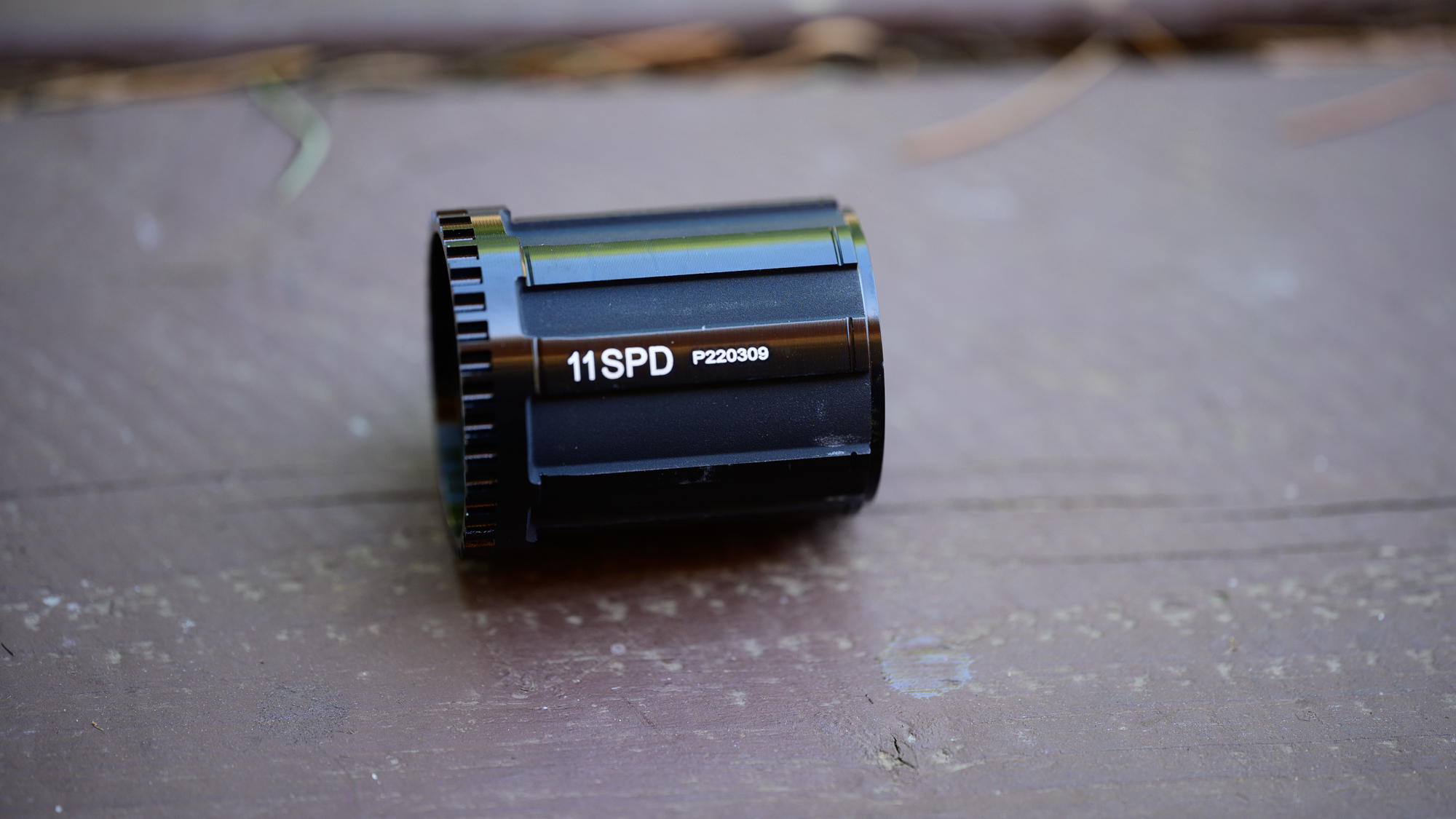
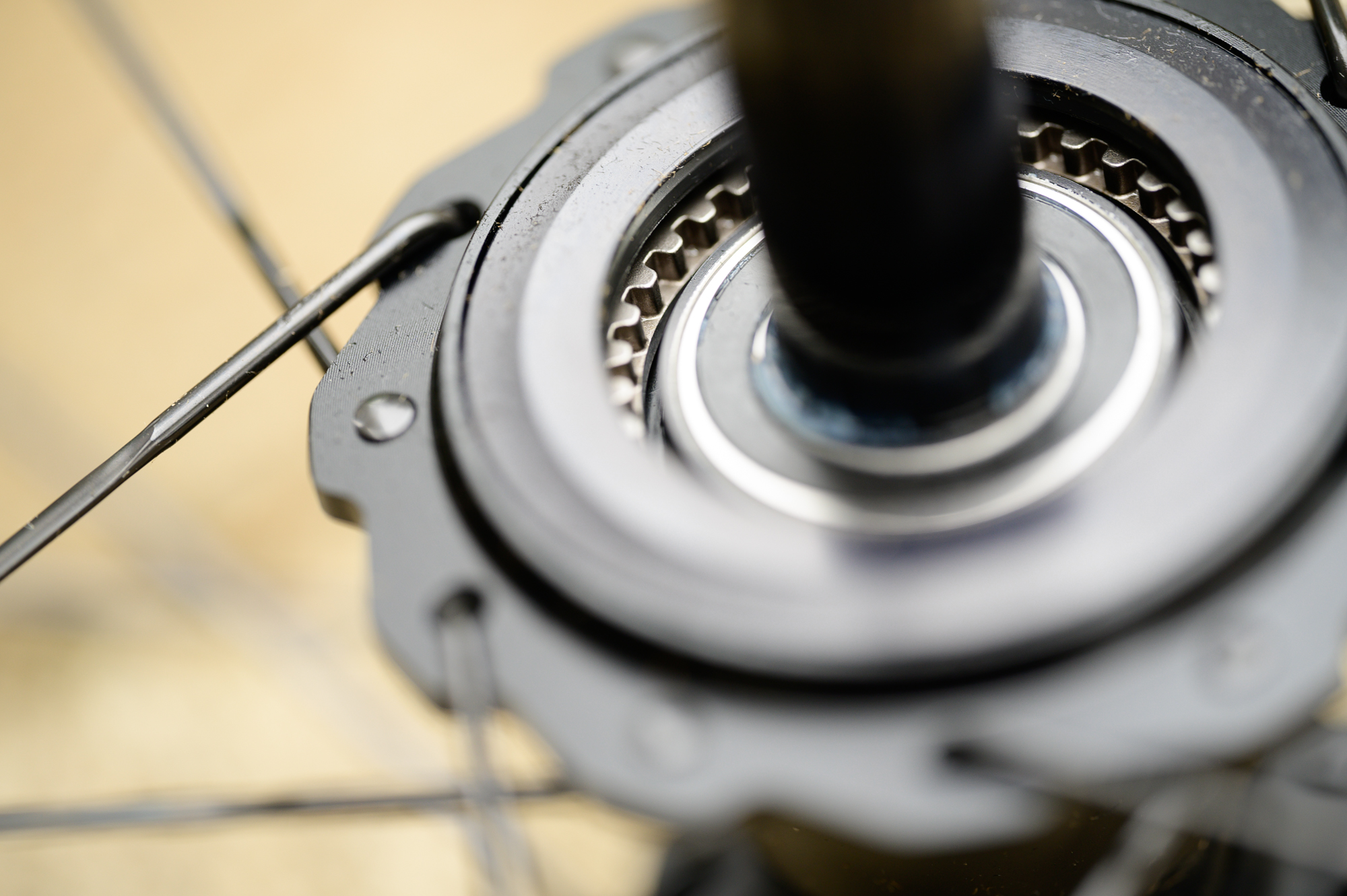
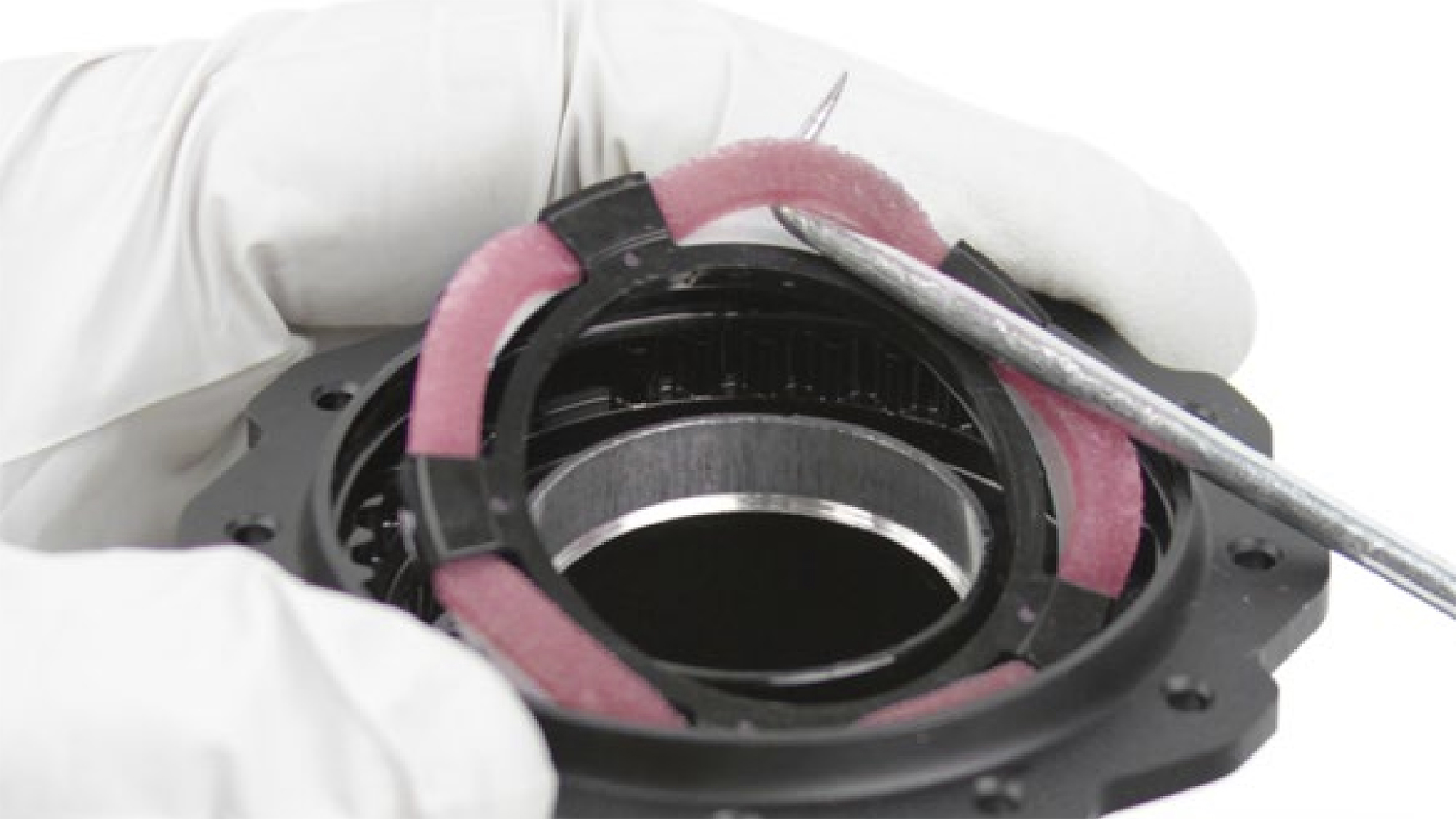
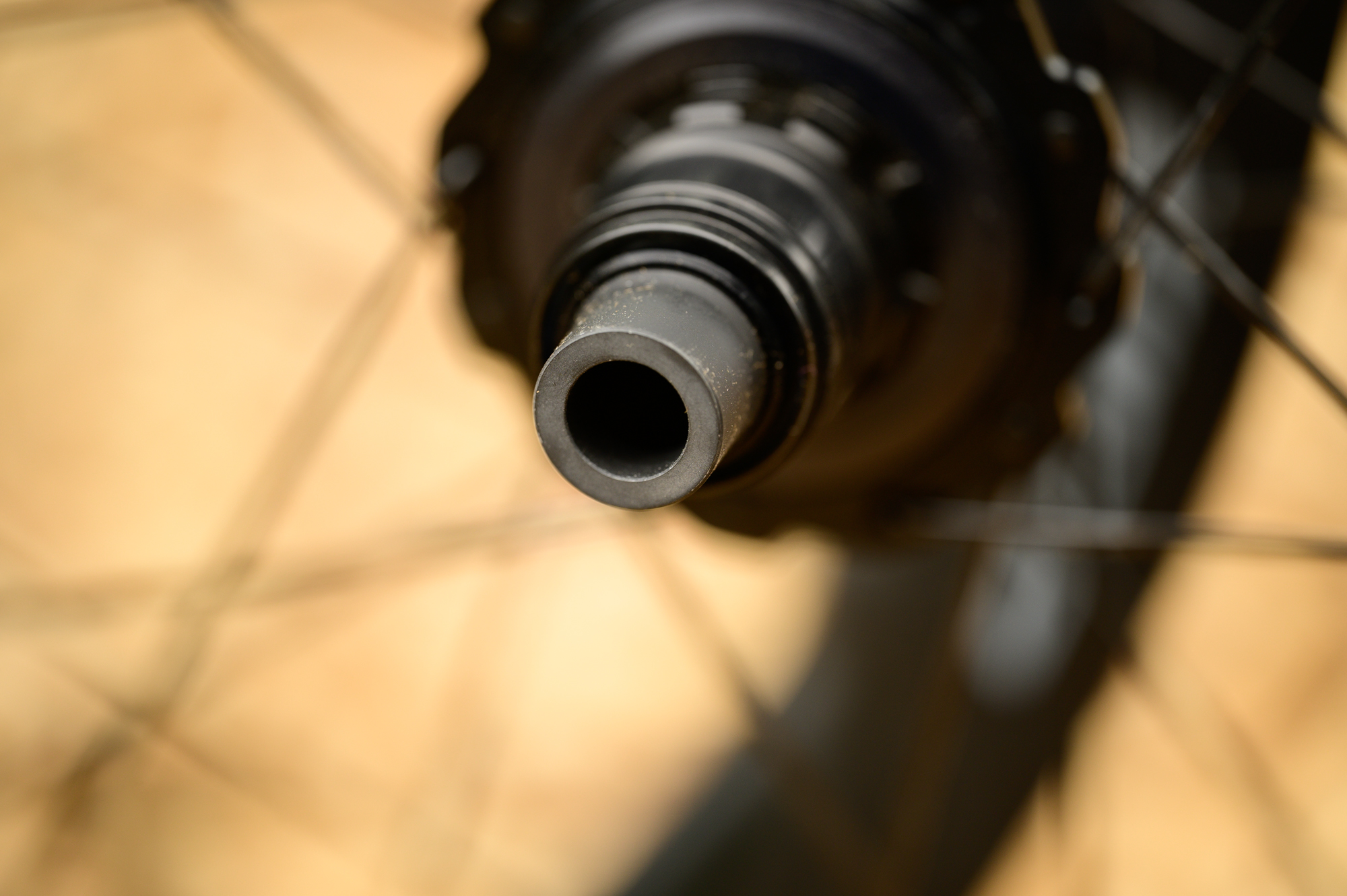
Performance
What I've just conveyed above are the design and aesthetic features that everyone is expecting to read about. Anyone who's ever seen one of the Zipp wheels with the wave immediately wants to know about it. Anyone who knows about the biomimicry story wants to know about the weight of the Zipp 353 NSW. Those pieces are both parts of the Zipp Total System Efficiency concept but they only represent half the story.
To be clear though, they do matter. While you can't feel the aerodynamic efficiency of a set of wheels, you can certainly feel the effect of crosswinds. The truth is, I can't think of a modern wheel, even if you go as deep as 60 or 65mm, that is scary in crosswinds anymore. Crosswinds would really grab deep V-shaped wheels of years ago and the effect was sometimes similar to an unseen hand yanking your bars. With modern wheels that's mostly gone, but the 353 NSW is still an improvement.
The reason modern deep wheels do well in crosswinds is that engineers have figured out how to keep the air attached. Instead of the wind grabbing your wheel, you get a push. Sometimes it's gentle and sometimes not but either way, you can lean into it and adjust. Zipp has one-upped that performance by staying just as stable with significantly less push in similar situations. These wheels aren't immune to crosswinds but it takes a lot more before you feel the push.
As far as the weight, there's less story there. They are light and responsive but that's a given with the numbers we are dealing with. If you want to see a low number on the scale, the 353 NSW will provide. That said, at 45mm these are shorter wheels than another of my favourite lightweight and deep wheels, the Cadex 50 Ultra. Between the two sets of wheels, you are likely trading 1-3 watts of aero performance for a 94-gram weight reduction and you can’t tell the difference in the ride. You’ll have to decide what you think is more important on a conceptual level.
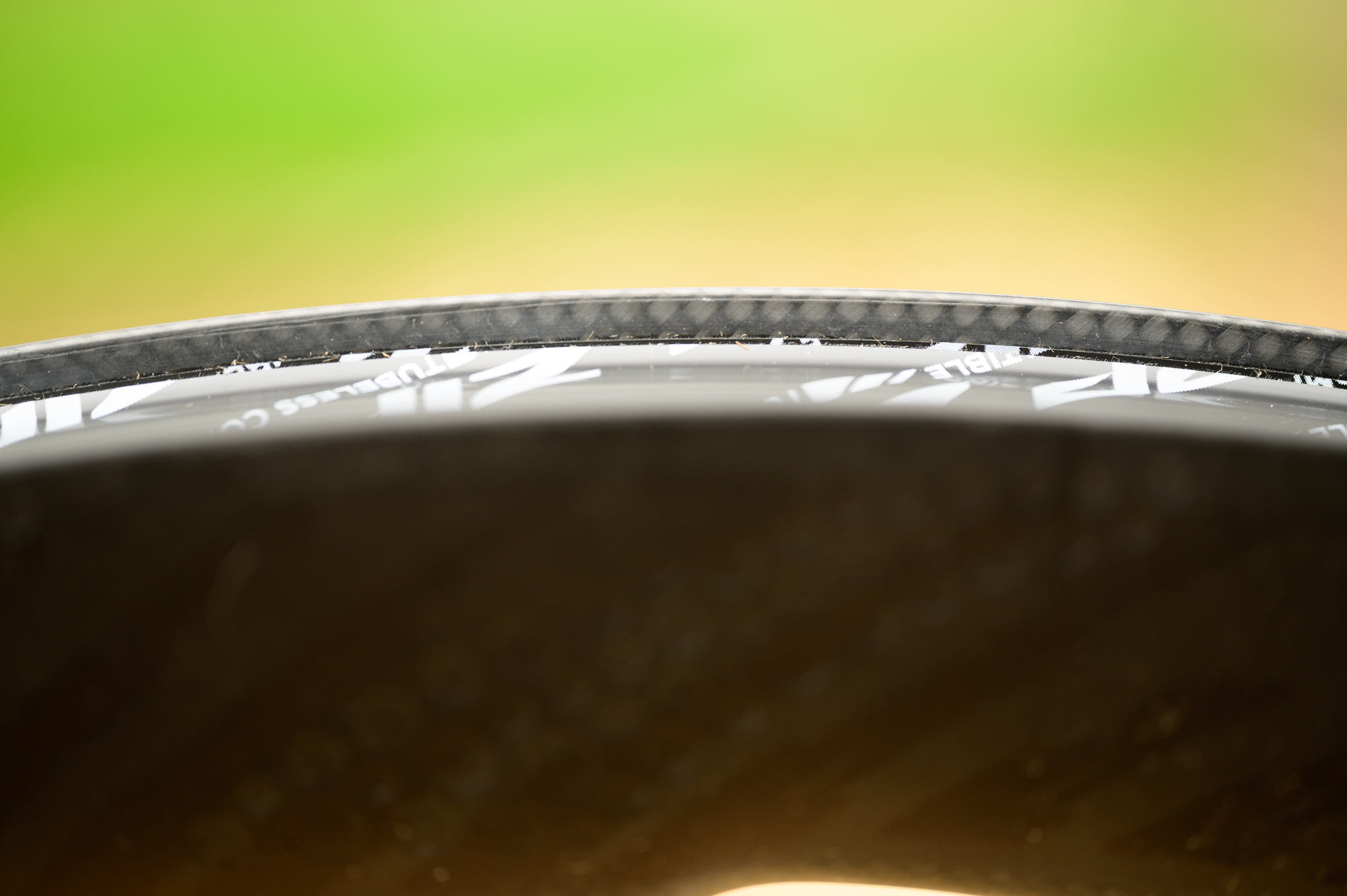
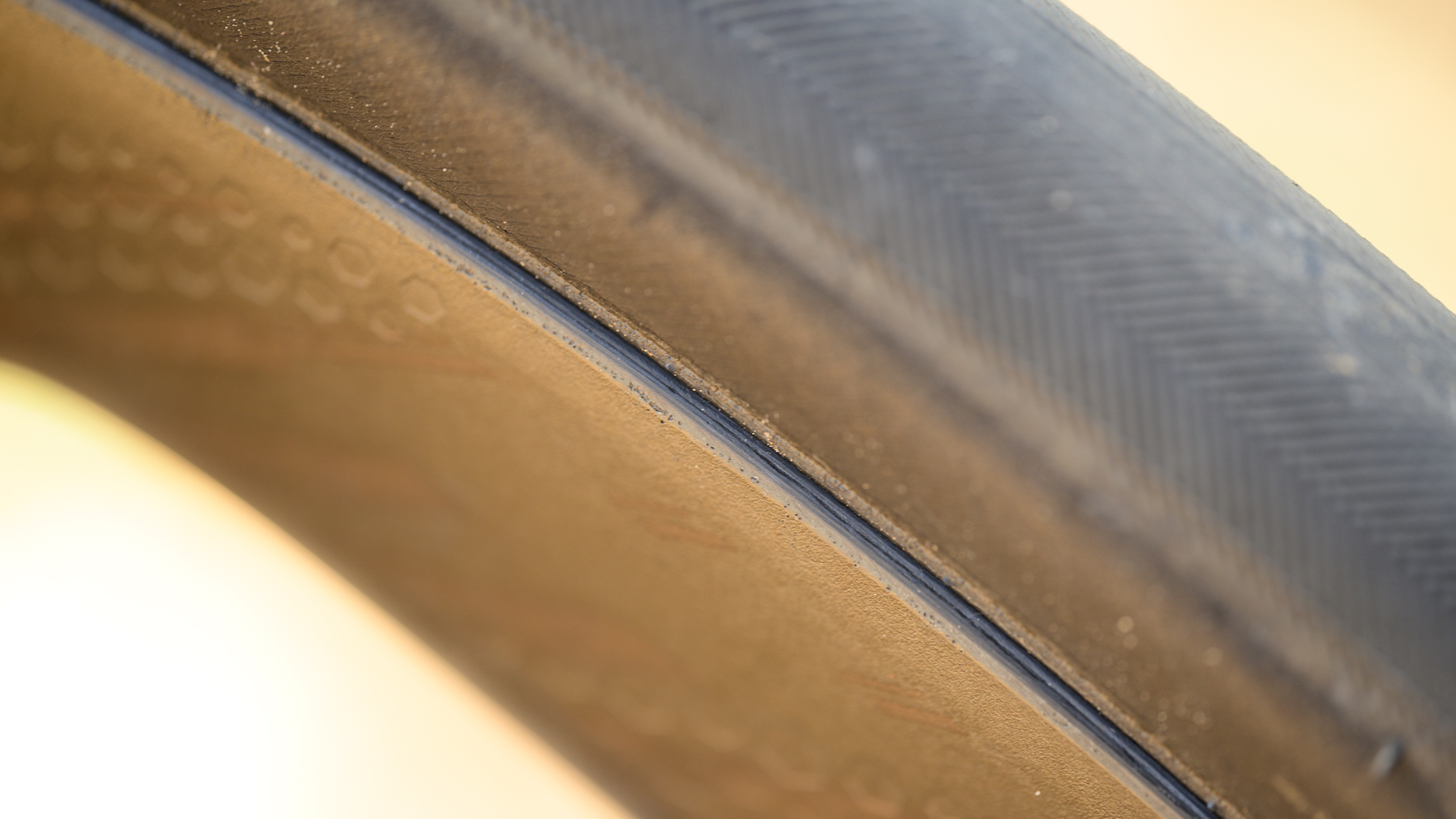

There is more to consider though. For me, it's rolling resistance and vibration reduction that started my love affair with the 353 NSW. The two concepts represent the other half of the Zipp Total System Efficiency and they are arguably more important. Unfortunately I don’t have a lot of info about how Zipp got to the final product. The brand is tight lipped about the details but we can all make some assumptions.
It starts with a combination of hookless construction, a minimum 28mm tyre, and a 25mm internal width. Those specs get you a big contact patch, a low pressure, and lots of comfort in the form of suspension from the tyre. There’s more though and I can tell you that with confidence having also tested the Enve SES 4.5. The two wheels share those specs but even Enve can’t match the comfort of the 353 NSW. It’s safe to say that whatever magic Zipp was able to coax out of the carbon layup, it’s noticeable.
The design seems to laugh off rough chipseal and broken pavement. You can hold a more aggressive position for longer and as soon as you get on these wheels, you can feel the difference. When it comes to high end wheels, performance differences are small and it's the details that matter. The comfort these wheels provide is different. Even with the same Cadex race tyres and 50psi that I always run, it's a substantial difference compared to other wheels.
Verdict
I often like to tell a story of an adventure with a set of wheels but this time I'm not doing it. I'm choosing to ride with these every opportunity I have for as long as possible. There's no specific adventure because I'm doing everything with them. I know readers love to hear an expensive product isn't worth it but that's not the case here. The Zipp 353 NSW wheels are expensive but they also provide a noticeable difference in ride quality and that's true even compared to wheels I love from Enve and Cadex.
Even the negatives I've listed, price aside, aren't going to be negatives for everyone. That's especially true of the freehub sound. Lots of people prefer a quiet freehub, I'm not one of them. The 353 NSW is an audacious wheel, you might as well lean into that. Plus it's nice to have a built-in early alert system to let people know you are coming up behind them.
The tyres might be an issue for some too. Not everyone feels safe with a 28mm tyre on a hookless 25mm rim and that's why Zipp does extensive testing. Most brands with similar products have a similar list. The combination is more comfortable, more stable, and more aerodynamic but if you want to be safe, you'll need to stick to tested tyres. Zipp actually has more approved tyres than some brands but they also require tubeless tyres, even if you run them with a tube.
What no one can get away from is the price. You are getting an amazing wheel but it's more expensive than a whole range of really good wheels. I've tested options from Enve, Roval, and Cadex that are already expensive. Zipp comes in over the top so you'll have to decide where you fall on that point.
| Design and aesthetics | Beautiful wheels that are a pleasure to look at and an engineering marvel | 10/10 |
| Ride Quality | If I could relay anything with this review I’d like it to be the story of how comfortable these wheels are. | 10/10 |
| Tubeless Compatibility | Must use tubeless tyres, even if you are using a tube, and there is a list of approved options plus these fall outside of the latest tyre size and wheel width recommendation from the ETRTO. Better than some but if this is important to you, there are other options. | 8/10 |
| Hubs | Cadex has more points of engagement and features like aero optimisation plus a better sound (or not depending on your point of view). Also, use of oil instead of grease means a dust seal that’s harder to remove. | 8/10 |
| Value | You get a lot but you also pay a lot. | 7/10 |
| Overall | Row 5 - Cell 1 | 86% |
Josh hails from the Pacific Northwest of the United States but would prefer riding through the desert than the rain. He will happily talk for hours about the minutiae of cycling tech but also has an understanding that most people just want things to work. He is a road cyclist at heart and doesn't care much if those roads are paved, dirt, or digital. Although he rarely races, if you ask him to ride from sunrise to sunset the answer will be yes. Height: 5'9" Weight: 140 lb. Rides: Salsa Warbird, Cannondale CAAD9, Enve Melee, Look 795 Blade RS, Priority Continuum Onyx
